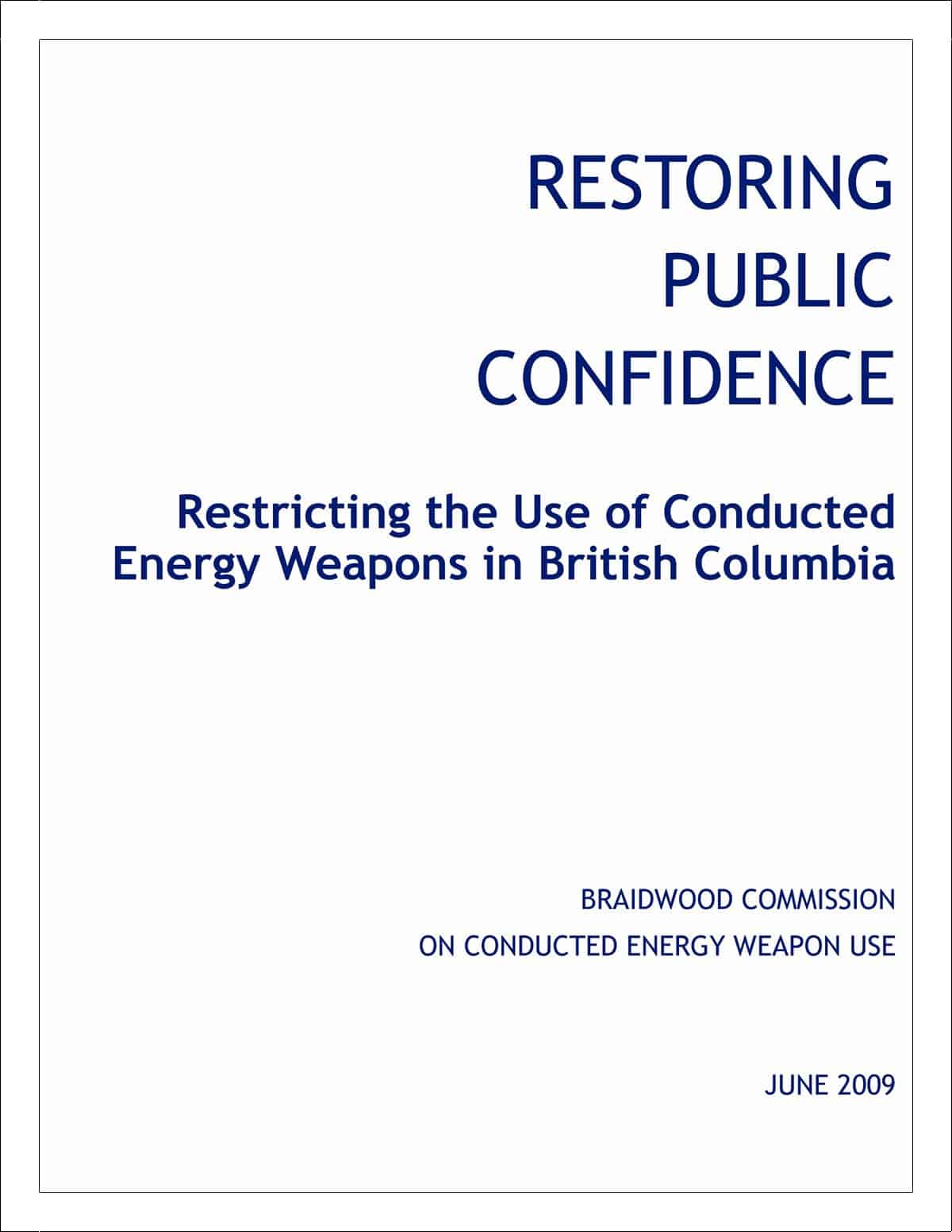In October 2009 a workshop was held on worker safety by the Worker Education and Training Program (WETP), a part of the US National Institute of Environmental Health Sciences. Many of the topics raised in the workshop – REACH, Globally Harmonized System (GHS) of Classification and Labeling of Chemicals, and nanotechnology would be issues or hazards familiar to most SafetyAtWorkBlog readers.
 This report on the workshop, released in November 2009, is highlighted here because it is a very good example of a basic report on a workshop that makes the reader regret that they couldn’t be there. This respond encourages readers to make the extra effort for the next set of workshops – a major benefit of such reports and, sometimes, the main reason.
This report on the workshop, released in November 2009, is highlighted here because it is a very good example of a basic report on a workshop that makes the reader regret that they couldn’t be there. This respond encourages readers to make the extra effort for the next set of workshops – a major benefit of such reports and, sometimes, the main reason.
The mention 0f nanotechnology is a good link to two new reports on the issue released by Safe Work Australia on 4 November 2009.
Engineered nanomaterials: Evidence on the effectiveness of workplace controls “explores the effectiveness of workplace controls to prevent exposure to engineered nanomaterials.” According to a media release on the reports this report found:
- “current control and risk management methods can protect workers from exposure to engineered nanomaterials
- enclosure of processes involving nanomaterials and correctly designed and installed extraction ventilation can both significantly reduce worker exposure to nanomaterials, and
- a precautionary approach is recommended for handling nanomaterials in the workplace.”
 The lack of available health effects data has directly led to the precautionary position in recommendations but it is good to see that the hierarchy of controls (old technology) is being applied to new technology. The report gets to a point of recommending a combination of
The lack of available health effects data has directly led to the precautionary position in recommendations but it is good to see that the hierarchy of controls (old technology) is being applied to new technology. The report gets to a point of recommending a combination of
“…controls [that] should provide a robust regime through which nanomaterials exposure to workers will be reduced to very low levels.”
The bibliography in this report is also excellent and includes a comparative table of the research reports and papers analysed.
Engineered nanomaterials: A review of toxicology and health hazards was a literature review that reports:
- “there is no conclusive evidence to suggest that engineered nanomaterials have a unique toxicity. However, sufficient toxicity tests have not yet been conducted for most engineered nanomaterials
- nanoparticles tend to be more bio-reactive, and hence potentially more toxic, than larger particles of the same material, and
- carbon nanotubes are potentially hazardous to health if inhaled in sufficient quantity.”
Nanotechnology is a difficult area of OHS study as there is so much research material coming through that it is (probably more than) a full-time job just to stay current. The literature review into toxicology makes a point that it is important to remember in this field.
“A wide variety of in vitro and in vivo experimental protocols have been used to assess biological responses to NPs, some of these yield more useful data for occupational risk assessment than others. Some are potentially misleading.” [emphasis added]
The second of these reports was a good introduction to the general issues of health risks but must be stressed that these reports deal with engineered nanoparticle(s) (ENPs) which are defined as
“A nanoparticle with at least one dimensions between approximately 1 nm and 100 nm and manufactured to have specific properties or composition. “
Increasing research into any issue almost always leads to a fragmentation of the discipline into subsets. That research into engineered nanoparticles is different from regular nanoparticles needs to be remembered. As the report itself says
“…the major thrust of the research is in relation to identifying potential hazards for assessment of occupational safety since working with ENPs is likely to be where most exposure occurs. In contrast to ambient particulate air pollution, where health effects have been observed and research has been aimed at discovering the causative agents and mechanisms, the reverse is true for ENPs.”
Tom Phillips AM, chair of the Safe Work Australia Council said , in a media statement,
“Safe Work Australia has requested that the National Industrial Chemicals Notification and Assessment Scheme undertake a formal assessment of carbon nanotubes for hazard classification to clarify regulation of these nanomaterials.
“We have also requested that CSIRO develop guidance for the safe handling and disposal of carbon nanotubes, which will be a useful resource for OHS managers.”
It is good to see Safe Work Australia (now an independent statutory body) take one of the ACTU recommendations from its 2009 factsheet.









 The odd thing was that the first guide listed was published in January 2007. The second seems to be a companion leaflet for the guide for employers. They are not new and are not being launched in November 2009.
The odd thing was that the first guide listed was published in January 2007. The second seems to be a companion leaflet for the guide for employers. They are not new and are not being launched in November 2009.

![Pages from Workplace exposure to nanoparticles[1] Pages from Workplace exposure to nanoparticles[1]](http://safetyatworkblog.files.wordpress.com/2009/06/pages-from-workplace-exposure-to-nanoparticles1.jpg?w=212)